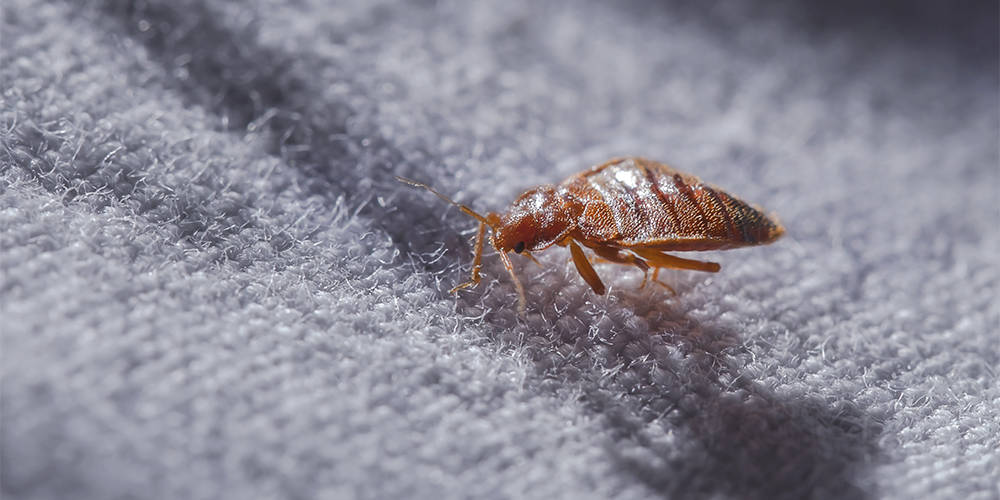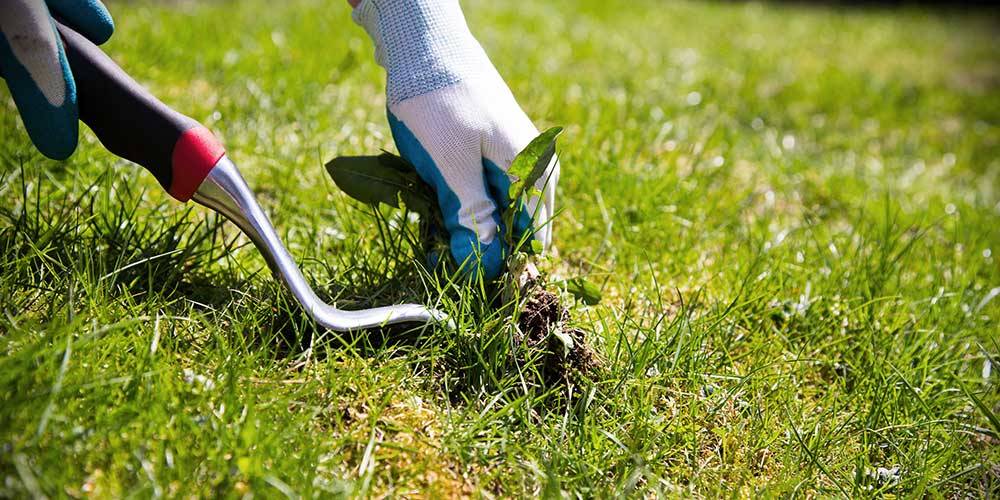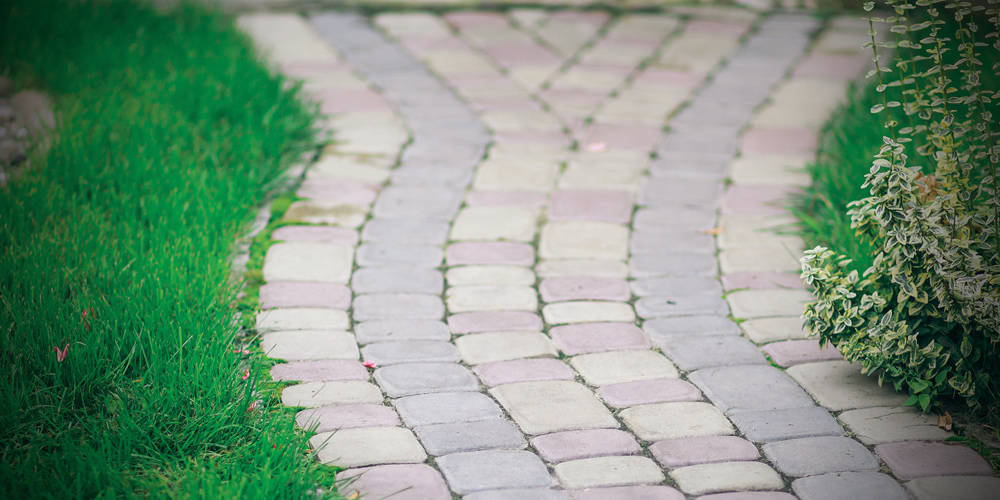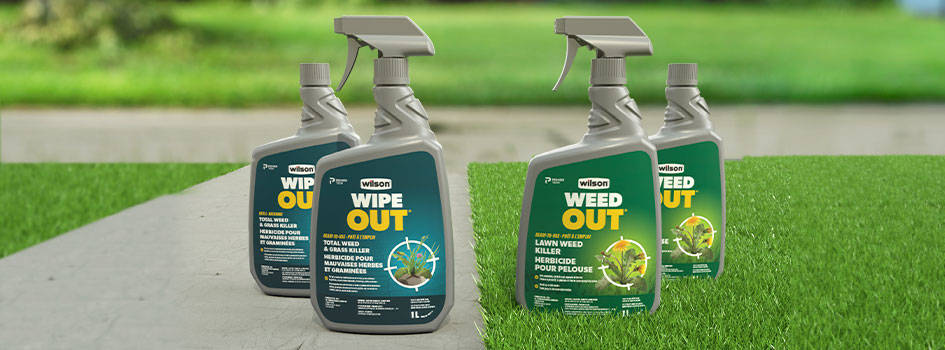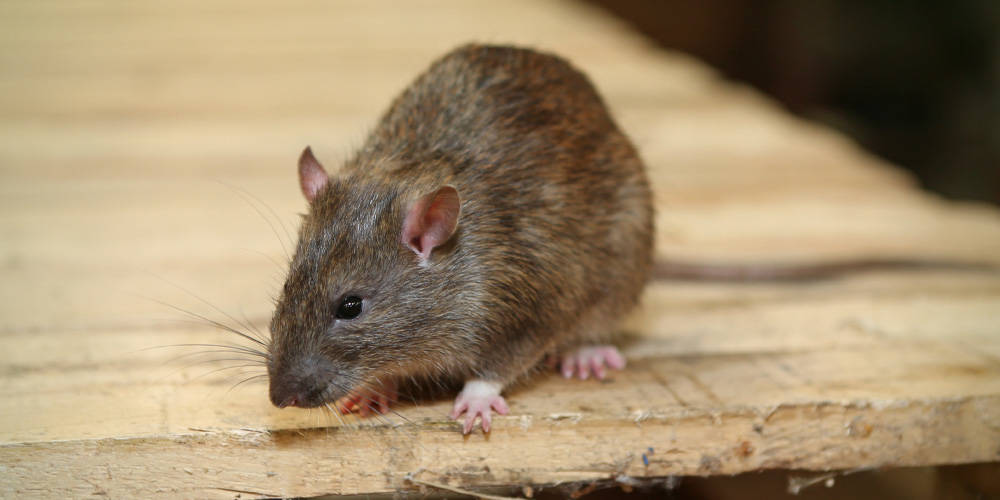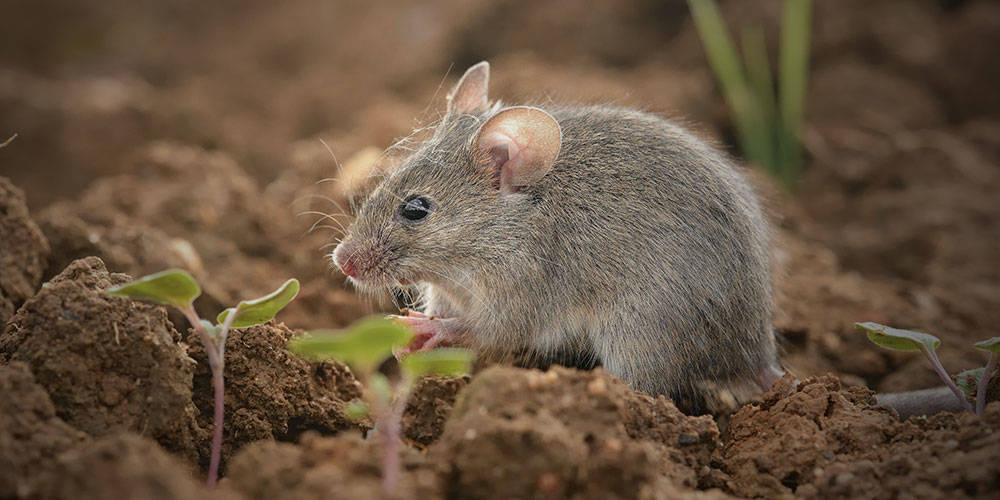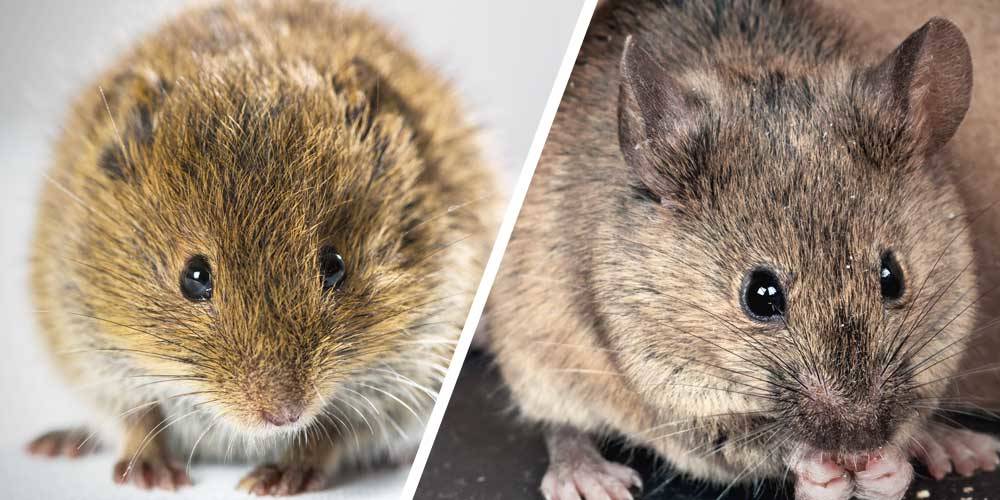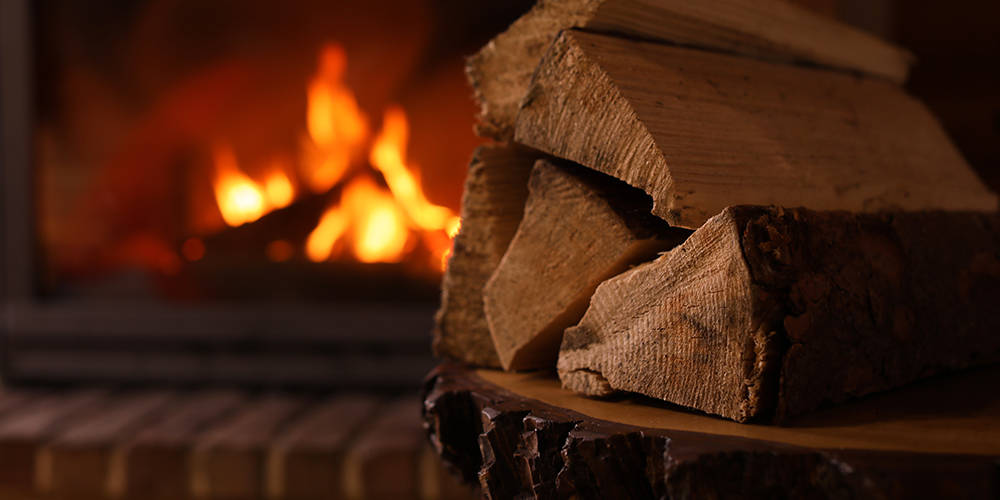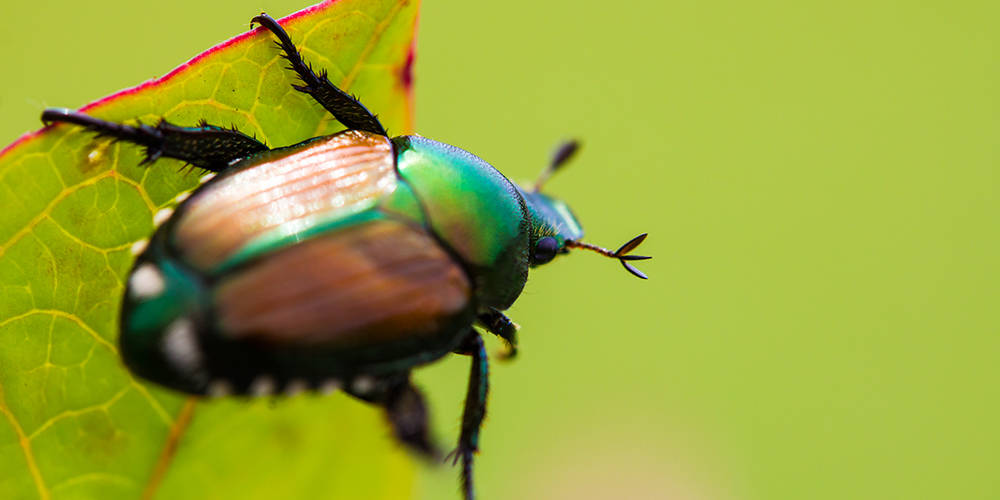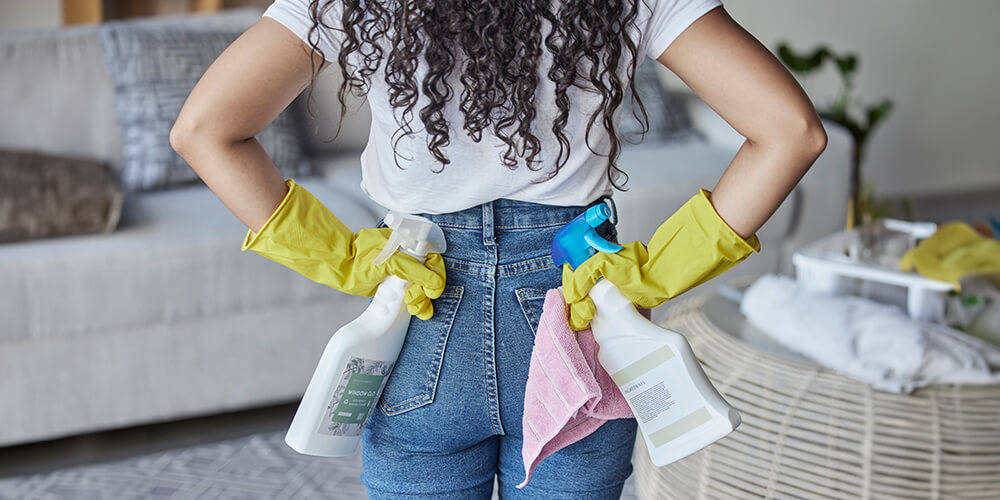How to Get Rid of Ladybugs
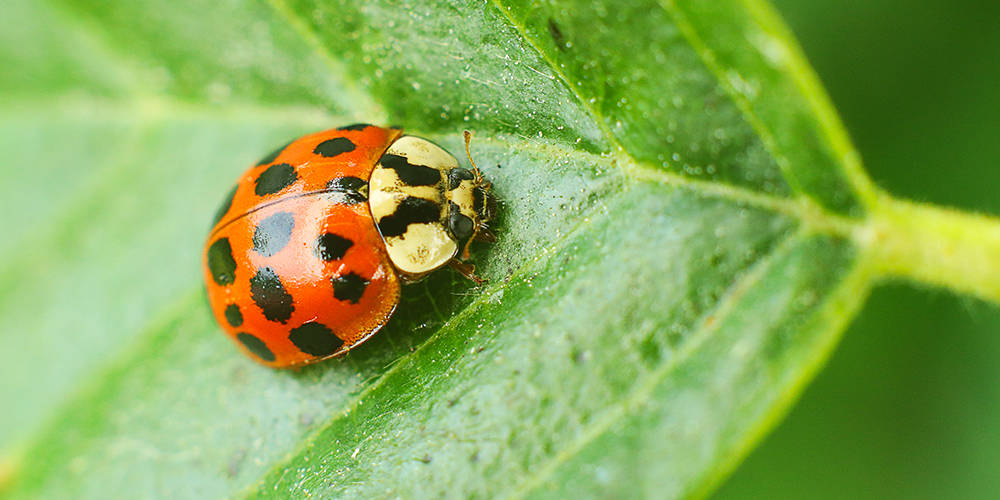
Over the last two decades, the Asian lady beetle has become common sight in the US and in the southern Canadian provinces. Unfortunately for us, every fall, this particular beetle has the annoying habit of gathering on the sides of buildings, seeking refuge and possibly winding its way indoors.
What’s the difference between a native lady beetle and the Asian lady beetle?
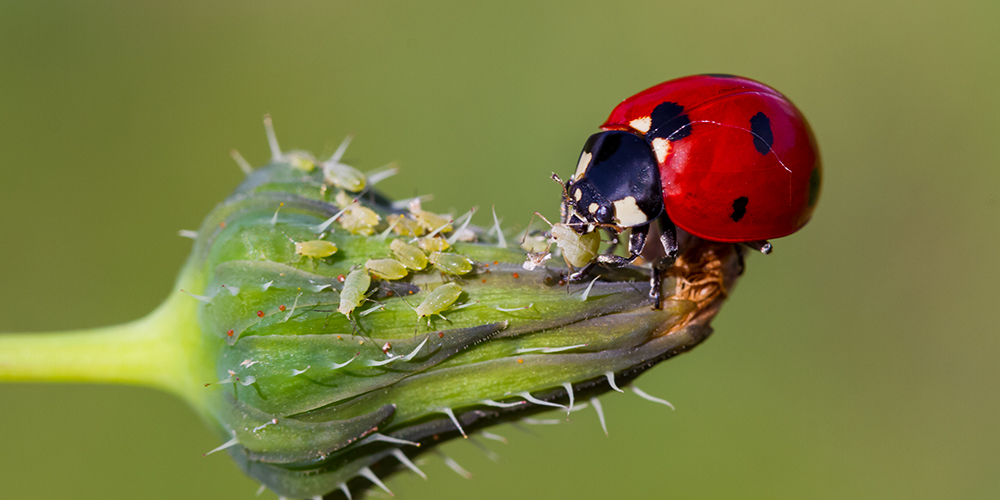
The Asian lady beetle has various orange colours and anywhere from 0 to 20 spots typically. Its head is white with a “W” shape in black.
The native lady beetle is usually a deep red colour and has a mostly black head.
Our native lady beetles may look like the Asian lady beetle, but the two “cousins” are quite different. Both species are considered beneficial insects for gardeners and farmers, deemed very effective in controlling aphids and soft-bodied insects.
The main difference is that native lady beetles do not seek refuge in your home in the fall. They rather search for overwintering sites outdoors in logs, under rocks, leaves, etc. The Asian lady beetle, as the name suggests, is originally a native of Asia. While our native lady beetles are accustomed to Canadian winters, the Asian ones are not, and therefore they seek a more sheltered habitat for the winter.
In quest of new territory
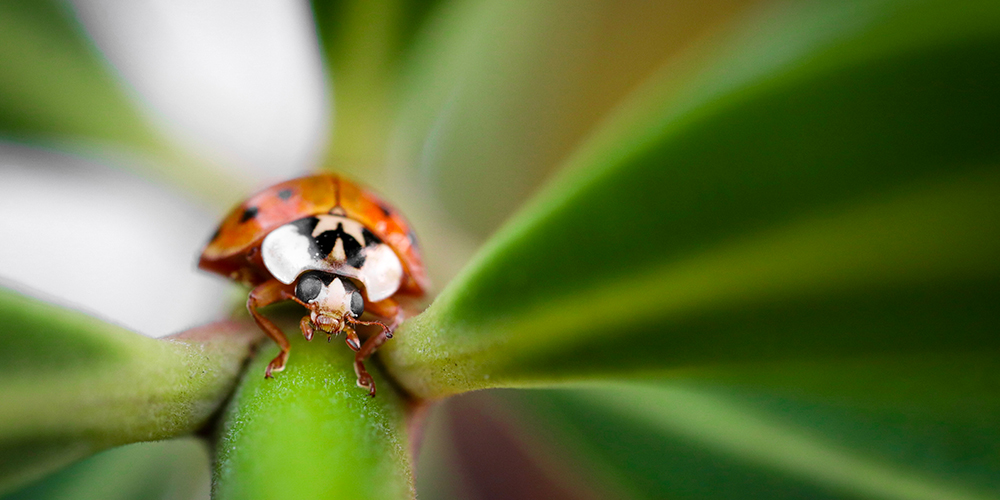
Decades ago, the Asian lady beetle was imported from Asia and released in several US States as part of a biological control program to manage tree pests. The rationale was that our native North American species of lady beetles were not particularly effective in controlling tree-feeding aphids and scale insects. This importation was eventually halted, as it was believed that the Asian lady beetle did not survive in North America.
Well, that turned out to be incorrect, as the beetles began showing up on and in buildings in the fall. The Asian lady beetle survival expanded when the population of an agricultural pest, the soybean aphid, became very high, giving them an ample supply of food.
While both species of lady beetles are considered beneficial in controlling aphids and soft-bodied insects, our native ones are more docile. The Asian lady beetle is more dominating and is known to overtake the feeding grounds of the native lady beetles, even to the point of predation of their eggs, larvae and pupae.
The Asian lady beetle is also known to bite humans, although it does not penetrate the skin. It is more of a pinch. If crushed or threatened, it will emit a foul odour and leave a stain.
What is the Asian lady beetle attracted to?
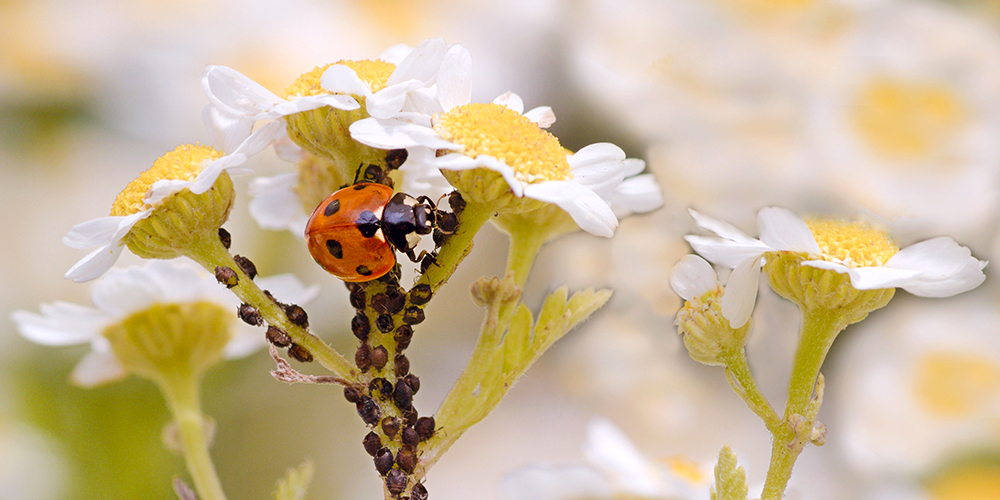
Once they have enjoyed a summer out in nature and cooler weather begins, so does the migration from field to house. The Asian lady beetle is attracted to the sunny sides of buildings, where it is warm. Once there, they release a pheromone that attracts more beetles to the area.
They work their way into buildings through soffits, openings around windows, and other cracks and crevices. The normal hibernation process is finding sheltered locations where they will remain cool and protected from fluctuating temperatures.
Cool temperatures slow their metabolism so they will not burn up their stored fat reserves. Steady temperatures allow them to metabolize their fat at a steady pace. This strategy keeps them alive since there is nothing for them to eat throughout the winter.
However, sometimes, the beetles accidentally make their way into heated structures, and this dooms them. Once inside the walls, the beetles might find their way into your living space through openings in interior walls, such as outlets, switches, ceiling fixtures, heating/cooling vents and other openings.
The high temperatures cause them to use up their fat reserves and starve to death. That’s why you may find dead Asian lady beetles inside your home.
In the spring, the beetles that spent the winter in exterior wall voids, attics and other unheated areas within a building may crawl in the wrong direction: rather than going outside, they come inside.
How to prevent Asian lady beetles from getting inside your home?
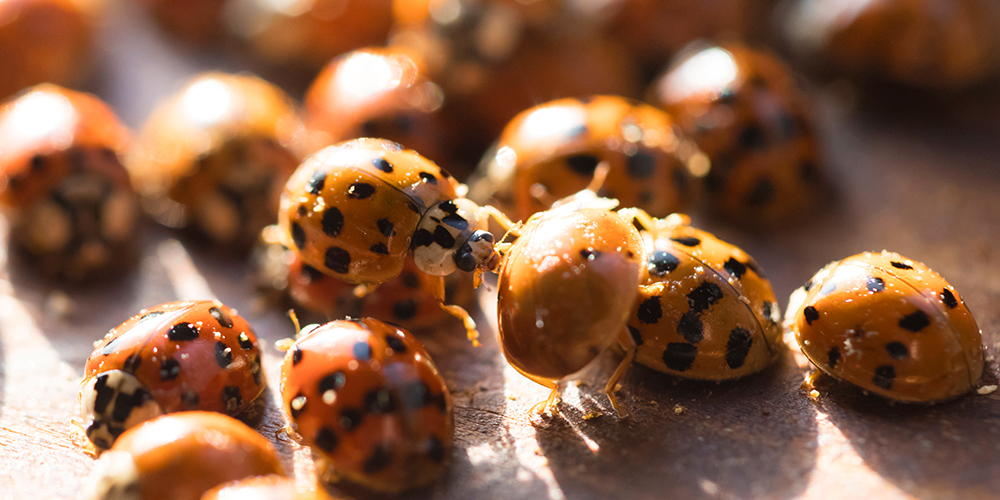
Of course, proper sealing of your house is beneficial not just for Asian lady beetles, but for all fall invading insects, such as cluster flies, box elders and stink bugs. Plus, it will help save in heating costs. Most fall invading insects can crawl through a space that is only 3 mm (1/8”) wide.
What to do:
- Ensure caulking is tight around windows and door frames.
- Repair damaged window screens, and secure attic and wall vents.
- If you leave a chimney vent open, you might find insects on the inside of your fireplace doors.
- Make sure crawl spaces are sealed.
- Install new door sweeps on every outside access door, if needed.
- Replace old and brittle weather stripping.
- Check pipes, roof pipes, dryer vents and other access points for cracks or gaps.
You should also read: Five Common Insects Trying to Move Into Your Home This Winter
How to get rid of Asian lady beetles in your home
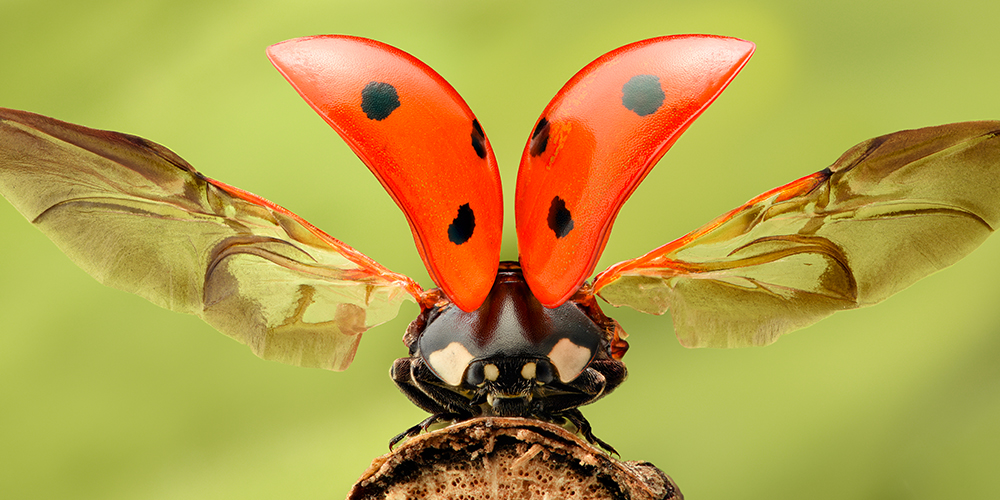
Sometimes, these tasks are difficult to accomplish, but you can still try to prevent and control Asian lady beetles. Once you start noticing these bugs scouting your house, it’s important to act before they build up their numbers and infest your home.
- You can vacuum them off the wall as soon as they start congregating.
- Clean that area with soap and water to get rid of any pheromone that they may have left behind.
- You can spray an insecticide like Wilson® CRAWL OUT™ Home Pest Control with Battery Sprayer along the cracks and crevices. This product has both a killing and deterrent effect.
- Some say that spraying citronella deters the beetles, although this would need frequent reapplication as the oil dissipates quickly.
- If the beetles find their way inside your home, be vigilant with vacuuming. Remember to dispose of the bags immediately and seal them.
- Black light (ultraviolet) traps are available for indoor insects. Do not use “bug zappers”, as this results in Asian lady beetles expelling a foul smell and staining mess. Use only traps that can contain the insects or that have sticky paper.
- Once inside your walls, they are difficult to get rid of. You can reach out to professional pest control companies if you think you have a problem.

